Jianbing: The Crown Jewel of China’s Street Food
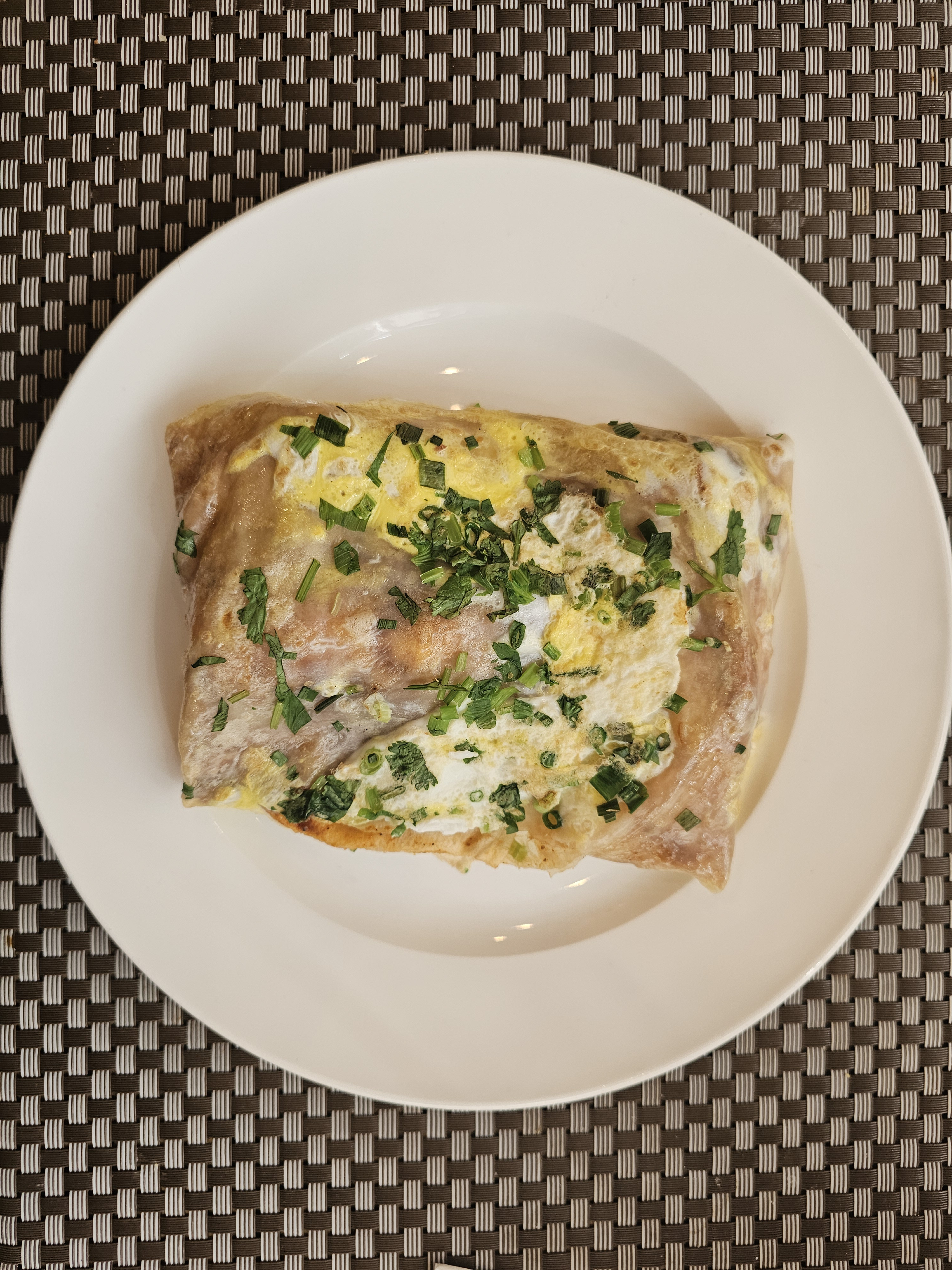
A walk through any bustling city in China would be incomplete without the inviting aroma of Jianbing wafting through crowded alleyways. In 2025, this humble crepe still reigns supreme as the nation’s most beloved street snack. Locals often say, “No morning is complete without Jianbing,” and this sentiment is echoed by millions daily. Recent surveys from China’s National Bureau of Statistics show over 60% of urban commuters regularly enjoy Jianbing at least once a week, making it the clear street food champion. What truly sets Jianbing apart is its ability to blend crispy, chewy, savory, and spicy in one perfect bite. The dish’s enduring popularity is a testament to its deep roots in Chinese culture and the comfort it brings. Whether you’re a hurried office worker or a curious tourist, Jianbing offers a slice of everyday China. Its universal appeal is impossible to ignore.
The Ancient Legacy: Jianbing’s Storied Past

Jianbing’s origins are steeped in history, dating as far back as the Song Dynasty between 960 and 1279 AD. According to Chinese folklore, soldiers on the march needed a quick, filling meal, sparking the creation of this versatile crepe. Over centuries, the recipe traveled from the northern regions, especially Shandong and Tianjin, spreading to every corner of the country. As of 2025, street vendors continue to honor time-honored techniques, creating a seamless bridge between the past and present. Historical data from the Chinese Culinary Association highlights Jianbing as one of the oldest continually prepared street foods in Asia. With every bite, eaters taste a rich legacy shaped by generations. The dish’s evolution mirrors China’s shifting food landscape, yet its spirit remains unchanged. Jianbing’s ancient roots are a source of pride for many.
The Artful Ingredients: What Goes Into Jianbing
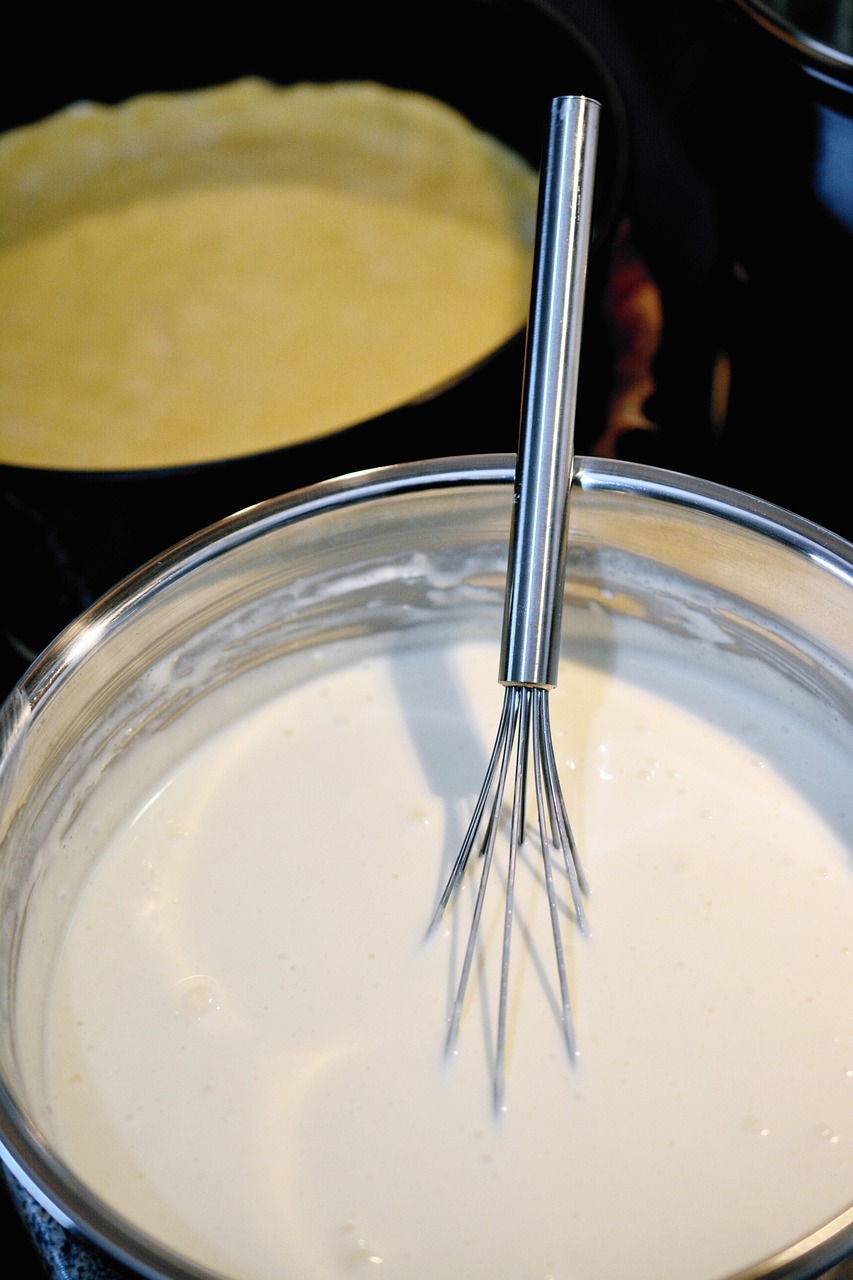
The magic of Jianbing starts with its batter, typically made from a blend of wheat and mung bean flour, giving it a unique flavor and chewy texture. Vendors crack an egg directly onto the sizzling crepe, spreading it thin for a golden finish. Scallions, cilantro, and pickled mustard greens are generously sprinkled on top, adding freshness and zing. A crispy fried cracker, known as baocui, is pressed into the crepe for that signature crunch. The finishing touches include savory hoisin, fiery chili paste, and often a hint of sweet bean sauce. In 2025, health-conscious touches like whole grain flours and low-sodium sauces are on the rise, catering to modern palates. Some street stalls now offer vegan or gluten-free options, reflecting a more inclusive approach to traditional food. The ingredients are simple, but their combination is pure genius.
Mastery on the Griddle: The Cooking Process Unveiled
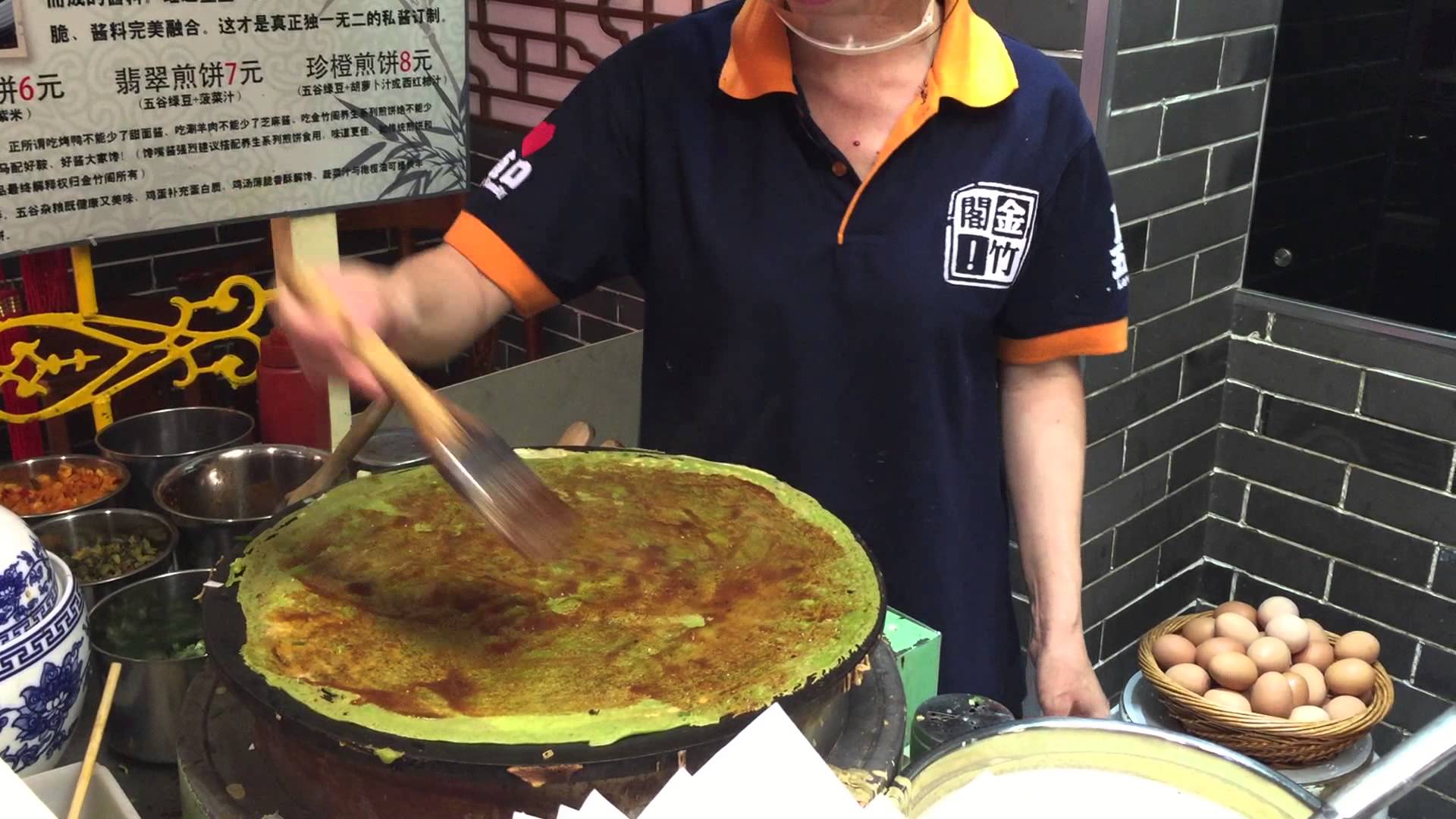
Crafting the perfect Jianbing is an art that requires speed, precision, and a deft hand. Vendors start by ladling a thin layer of batter onto a round, flat griddle, swirling it until even and delicate. The egg is cracked and smoothed across the surface, merging seamlessly with the crepe as it cooks. Timing is everything—if the crepe is flipped too soon or too late, it loses its prized texture. As the crepe sizzles, ingredients are layered rapidly, and the whole creation is folded into a portable, flavor-packed parcel. In recent years, some vendors have adopted electric griddles for consistency, but many purists insist on using traditional cast iron. The spectacle of Jianbing-making is as much a draw as the final product, attracting crowds eager to watch the skilled performance. This cooking technique is central to Jianbing’s irresistible charm.
The Secret Sauce: Unlocking the Flavor

Ask any Jianbing connoisseur, and they’ll tell you—the real secret lies in the sauce. The precise blend of hoisin, chili, and sweet bean pastes creates a harmony of flavors that lingers long after the last bite. Each vendor guards their sauce recipe fiercely, often passing it down through generations. Recent taste tests conducted by culinary institutes in Beijing found that the right sauce balance is the top factor in customer satisfaction. In 2025, some vendors experiment with truffle oil, fermented tofu, or even international twists like sriracha, but the classic sauce remains undefeated. The sauce’s complexity—sweet, salty, tangy, and spicy—turns a simple crepe into a crave-worthy meal. It’s the difference between good and unforgettable. This “secret” continues to inspire fierce loyalty among street food fans.
Regional Variations: A Country of Crepe Creativity
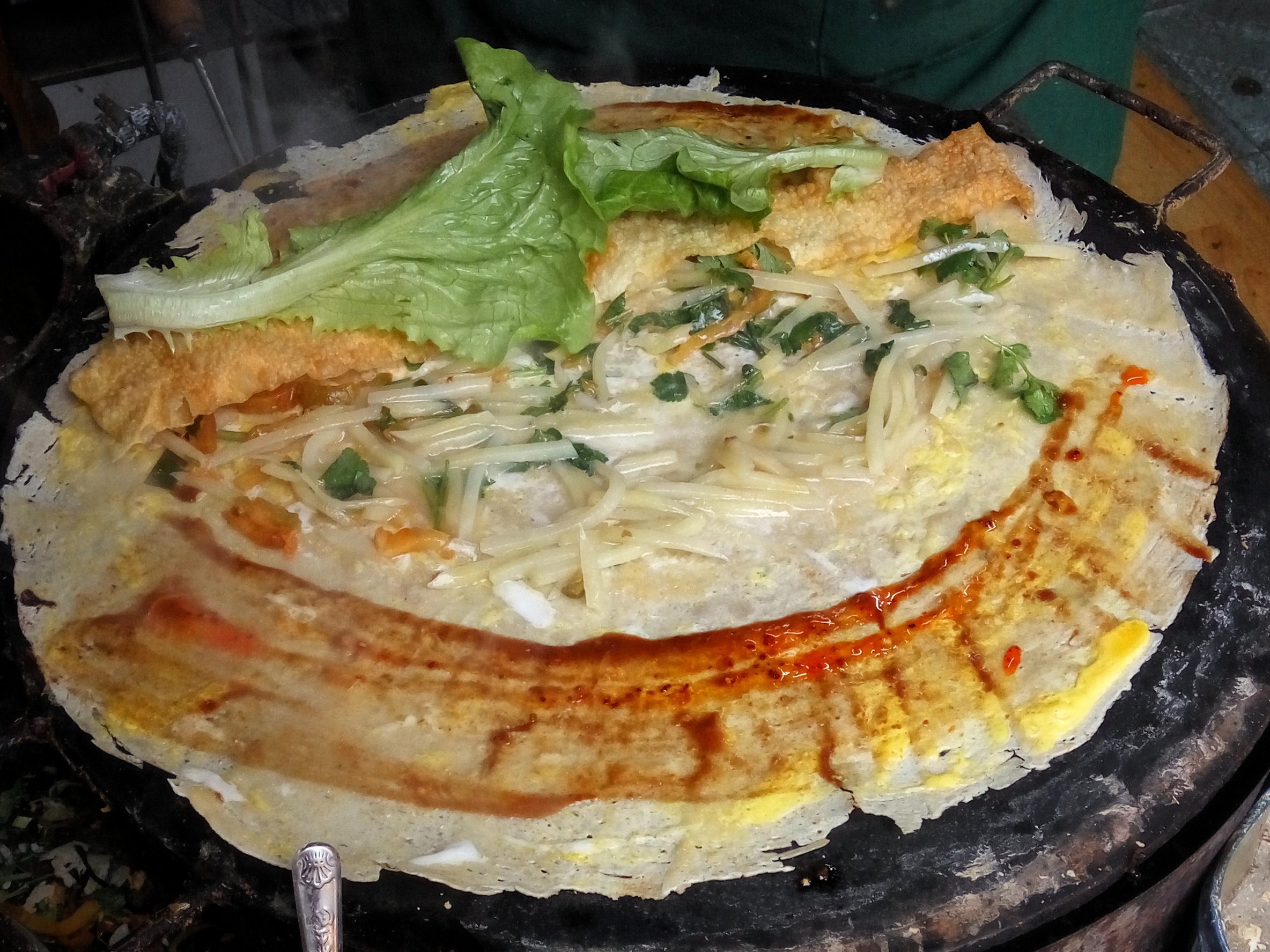
Jianbing may have originated in the north, but each region of China has put its own stamp on the dish. In Shanghai, you’ll find versions with added lettuce and sesame seeds for extra crunch. Sichuan-style Jianbing packs a fiery punch with a dose of numbing peppercorn. Meanwhile, in Beijing, vendors often add pork floss or sausage, taking indulgence to another level. According to a 2025 food trends report by China Daily, more than 200 regional Jianbing variants are now documented across the country. This diversity means you could travel for weeks and still discover new twists on your favorite street food. Local pride in their unique takes fosters friendly rivalries and keeps the tradition vibrant. Regional creativity ensures that Jianbing never gets boring, no matter how often you eat it. Each bite tells a different story.
Jianbing’s Role in Modern Urban Life
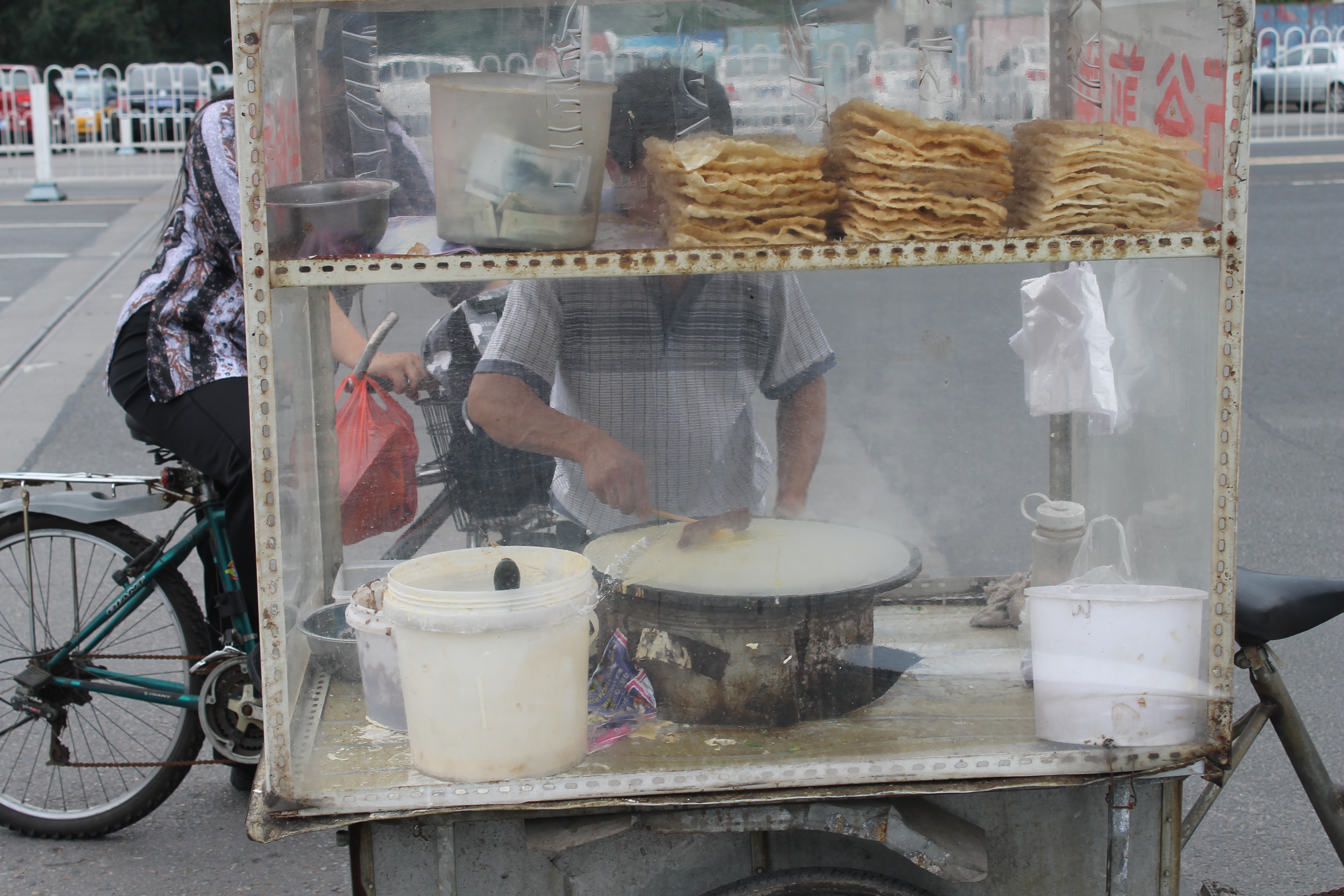
For millions of Chinese, Jianbing is more than just food—it’s a daily ritual. Street vendors set up shop before dawn, serving streams of customers in bustling markets and busy intersections. According to a 2025 consumer behavior study by Shanghai University, Jianbing is the most purchased breakfast item in urban China, beating out baozi and youtiao. The dish’s portability and speed make it perfect for the fast-paced city lifestyle. Office workers, students, and retirees alike line up for their morning fix, creating a sense of community at the local Jianbing cart. The dish acts as a social glue, bringing together people from all walks of life. Jianbing’s ubiquity in city life reflects China’s dynamic spirit and adaptability. It’s not just breakfast—it’s a beloved tradition.
Health and Nutrition: A Modern Perspective

In a world increasingly focused on wellness, Jianbing’s nutritional profile is getting a closer look. Dietitians note that the crepe offers a balance of protein (from eggs), fiber (from mung bean flour), and fresh veggies. However, the sodium content in sauces and the fried cracker can be high, so moderation is advised for health-conscious eaters. In response to consumer demand, many vendors in 2025 now offer low-salt sauces, extra veggie fillings, and even sugar-free options. According to a recent health survey by Beijing Health Watch, 35% of young professionals now seek out “lighter” Jianbing variants. The dish can fit into a balanced diet when customized mindfully. Nutritionists suggest pairing it with green tea or soy milk for a complete meal. Jianbing’s flexibility makes it a smart choice for many lifestyles.
The Emotional Connection: Why Jianbing Stirs the Heart
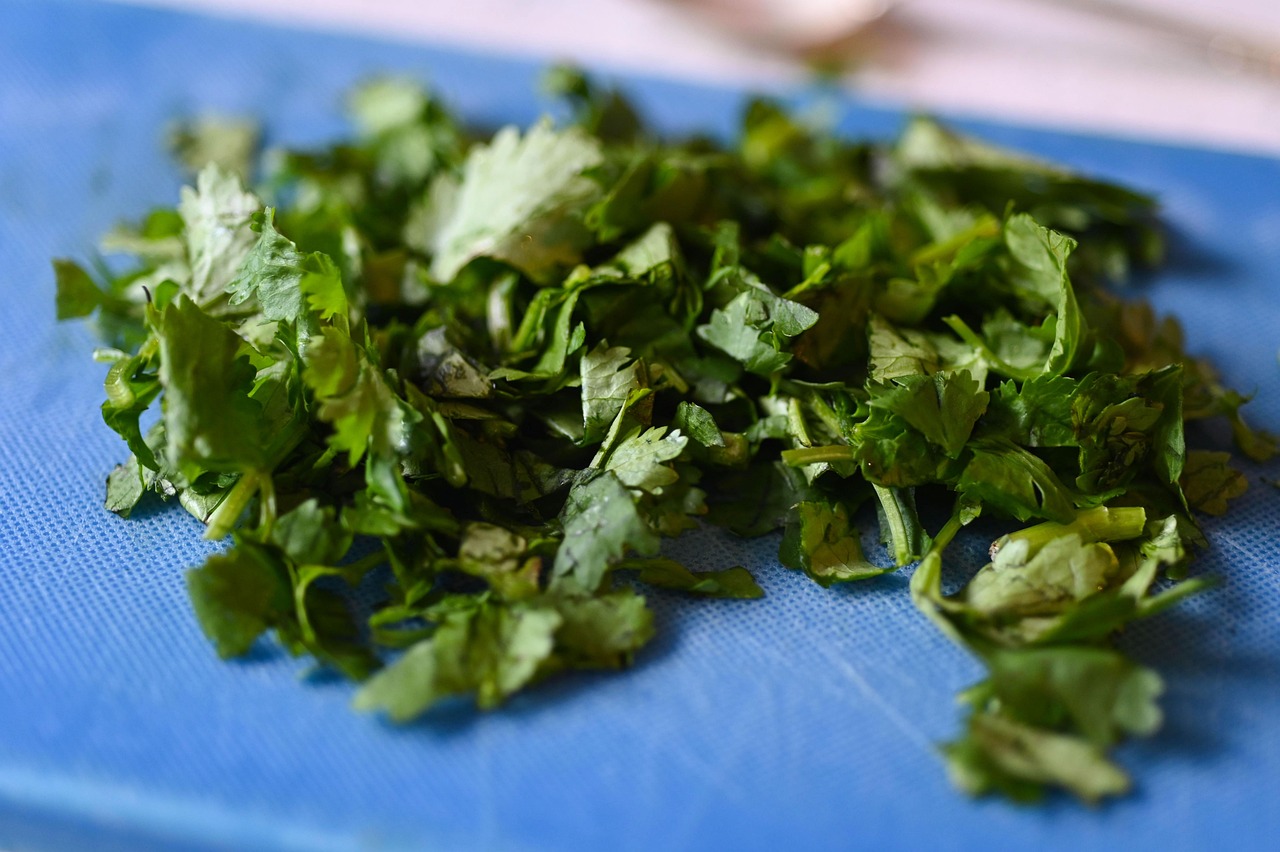
For many Chinese people, Jianbing is much more than a meal—it’s a nostalgic connection to childhood, family, and home. The sizzle of batter on a hot griddle and the aroma of fresh herbs evoke memories of mornings with grandparents or late-night snacks with friends. In interviews conducted by food culture researchers at Wuhan University, participants described Jianbing as “a taste of happiness” and “the flavor of togetherness.” Its affordability and accessibility mean it’s a comfort food for all, regardless of background or status. The sense of anticipation while waiting in line, watching the vendor’s practiced hands, creates a unique bond between customer and cook. In 2025, this emotional resonance remains as strong as ever. Jianbing doesn’t just fill bellies—it warms hearts.







